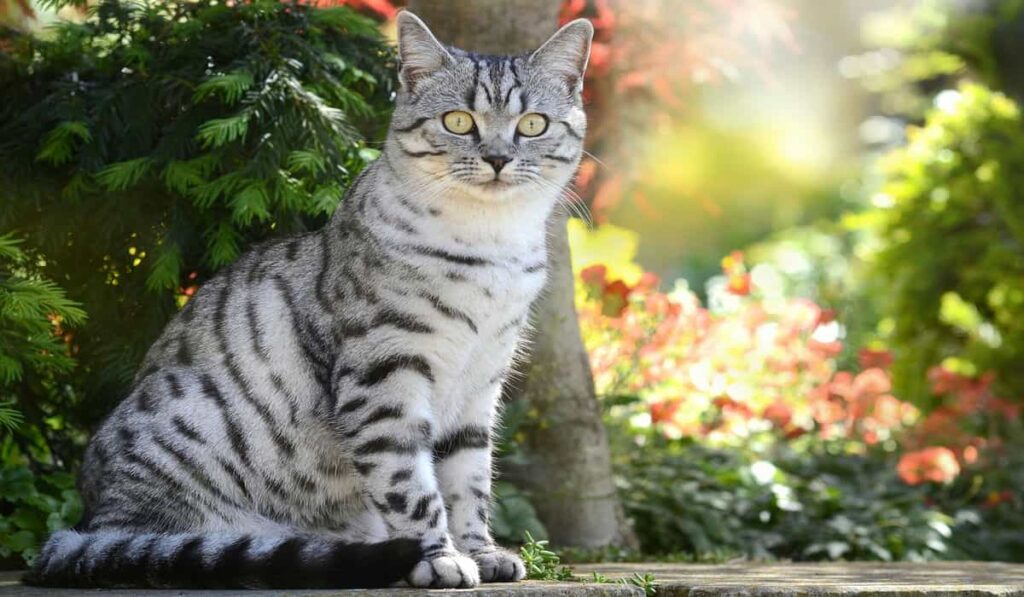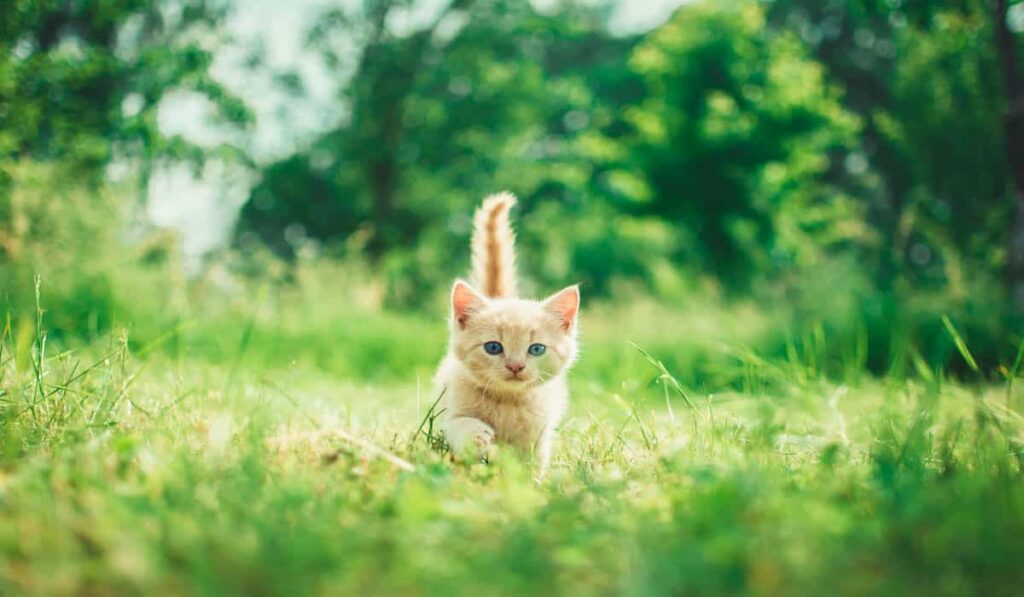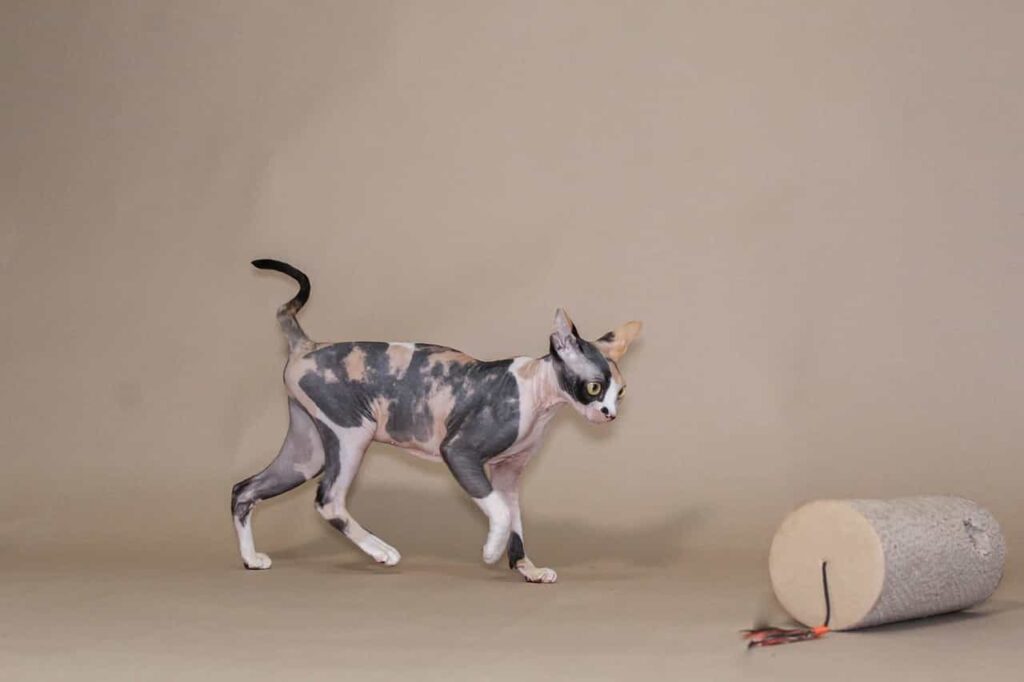The wild and exotic looking Leopard cat is the smallest among the wild and big cats. It is a native cat species of the Asian continent, especially in South, Southeast, and East Asia. they are known for their Leopard looks. They also have the same stripes and spots same to the Leopards. The Asian Leopard cat was recognized as the same species as the Sundra Leopard cat before but was later recognized as a different species in 2017.
Leopard cats have been listed as the less concerned animal on the red list of The International Union for Conservation of Nature (IUCN) since 2002. It is widely distributed although habitat loss and hunting are in parts of its range.


Table of contents
History of the Asian Leopard cat
There is archaeological evidence that the Leopard cats are the first cat species domesticated in ancient neolithic China. It was around 5000 years ago and the starting of domestication of the Leopard cat was in the province of Shaanxi and Henan in China.
The leopard cats had a close relationship with the farmers of some parts of neolithic China around 5000 years ago. The farmers used the Leopard cats to save their granaries from rodents. The leopard cats served the farmers by killing the rats and rodents till 3000 BCE. After that, some household cats replaced them.
Some information about Leopard cat
Scientific name or Species:
Prionailurus Bengalenis
Other names:
Mainland Leopard cat
Weight:
Up to 20 pound
Length:
18-30 inches (Excluding the 9-13 inches of tail.)
Body size:
Medium but counted as a large Domestic cat species.
Coat length:
Short
Coat pattern:
Striped and spotted
Coat colors:
Yellow, Golden, Reddish Brown, and Black.
Eye color:
Golden-Brown, Grey
Life span:
Up to 15 years
Origin:
South, Southeast, and East Asia.
The appearance of the Leopard cat
The Asian Leopard cats are the smallest cats among the large and wild cats. Their size and coat colors vary according to their region.
The coat colors are Yellowish and Reddish Brown depending on the region. In the Southern region, it is the shades of Yellow and in the north, it is Grey colored. Their coat colors vary according to their regions. That means the different shades of the same colors.
The coats are White below and have heavy marks with dark spots and streaks. The Black rosettes on both sides and solid spots in the tails and legs.
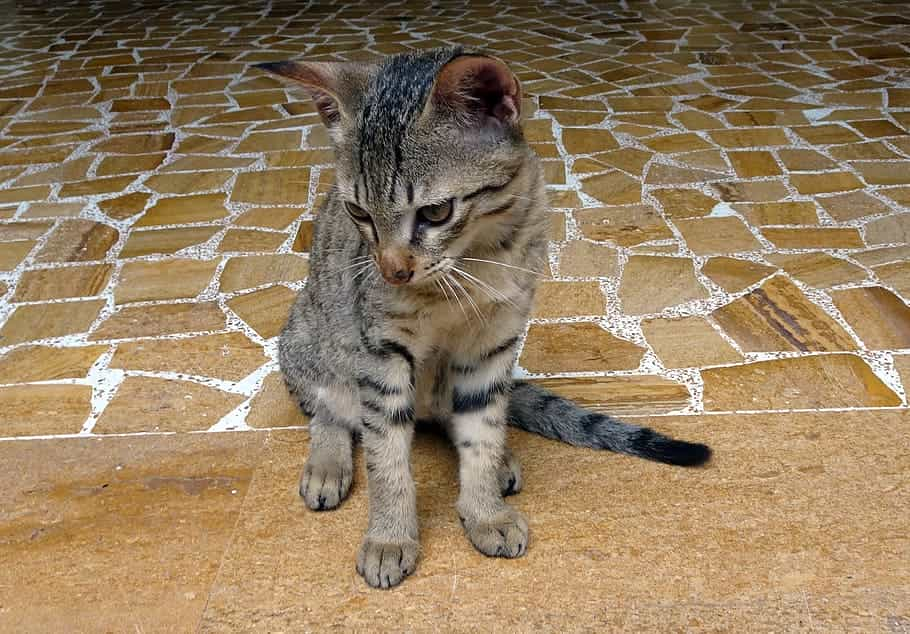

There are 4 Black stripes running down the forehead to the neck. The spots are broken and elongated on the shoulder. The coat length is basically short but varies and can be longer and thicker in the northern regions.
Their head is small, the muzzle is short and narrow, the ears are rounded, big, and proportionate to the head, the legs are longer than the other cats, and the tail is semi-long and thick and spotted near the buff-colored tip. There are two White and four Black stripes in the inner corner of the eyes towards the ears. The eyes are big, full round, always alert, and Golden-Brown to Greyish.
The Asian Lepard cat region and species
The species of Asian Leopard cat is divided into 2 species. One is the Mainland subspecies- P. Bengalenes Bengalenes and the other are island sub-species- P. Bengalenes Borneoensis on the island of Borneo, Indonesia, P. And, Bengalenes Heaneyi on Palawan, P. Bengalenis Rabori on the Philippines, P. Bengalenis Javanensis on Bali and Java, and P. Besides, Bengalenis Sumatanus on Sumatra and Tebintinggi. The regions are- forest-dwelling and from the Falidae family Leopard cats are found across India, Southwest Asia, and nearby islands.
The temperament and nature of the Asian Leopard cat
The Leopard cats are solitary except during the breeding season and are both nocturnal and active in the daytime. They are super hunters- they like to hunt rats, rodents, birds, and even bats.
And, they hunt at night preferring stalk murids, tree shrews, and hares. They are agile jumpers and arboreal. They prefer to rest in trees but also prefer the dense thorny places on earth. Besides, they are expert swimmers but seldom swim. Their vocalizing is the same as other vocal cats. Both the male and female Leopards mark their territory by spraying urine, leaving feces in the exposed areas, rubbing the head, and scratching. They stay away from human connections.
They are not eligible as pets but are used to create Bengal cats. A Leopard cat and a domestic cat were used in a breeding program and the Bengal cats were raised. Some of them live near the villages where farmers use them for pest control. They can climb on palm trees from 3 to 4 meters distance from the ground.
Caring, grooming, exercise, and training for the Asian Leopared cat
As the leopard cats are wild and forest-dwellers so their caring, grooming, exercise, and training- all are done by nature. They don’t need the care and other things the bred cats need. But there are so many Leopard cats living in zoos all over the world. The Leopard cats live in big cat enclosures with a variety of different hiding places and shrubbery. The zoo keepers provide with them a variety of toys, food puzzles, chews, and many more.
Health and problems of the Asian Leopard cat
How much do the Leopard cats live?
Well, Asian Leopard cats are prone to several domestic cat diseases such as Feline Immunodeficiency Virus. The same vaccination is required to save them. The leopard cats also need a veterinarian that is trained and licensed in exotic animal care.
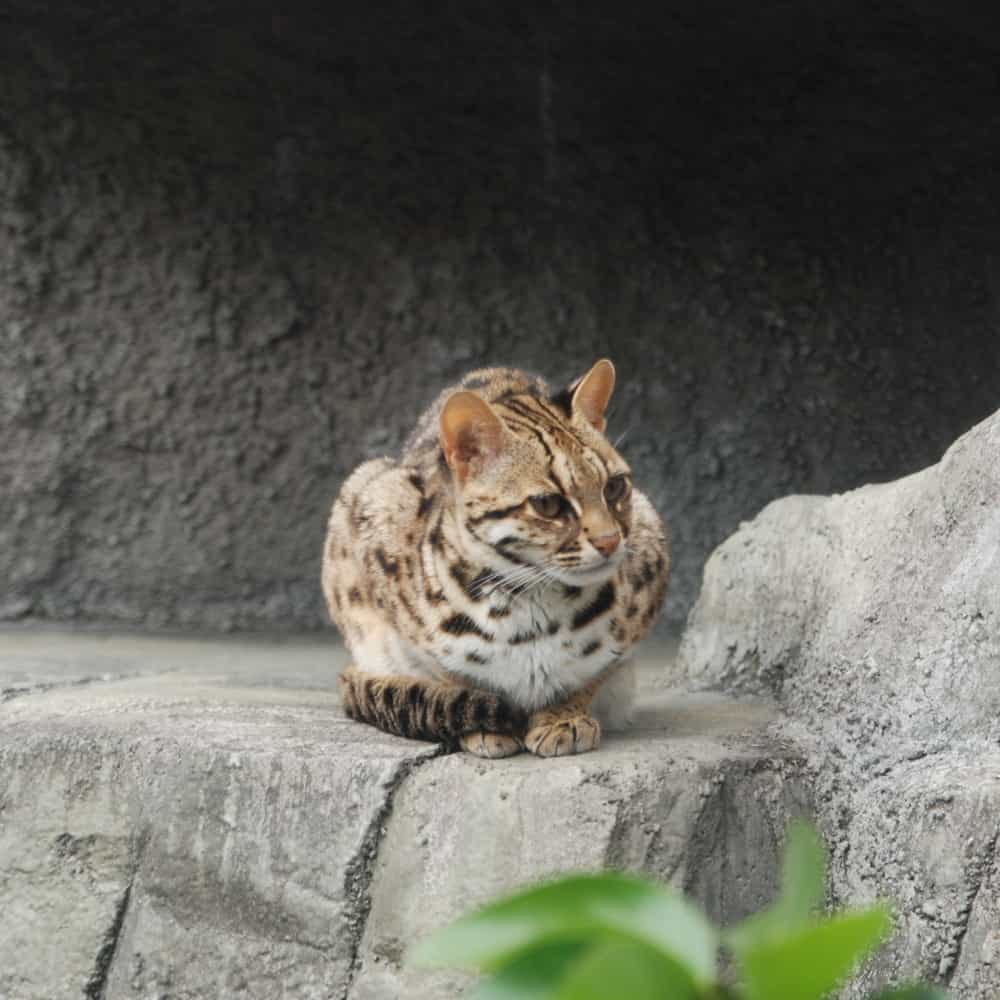

Well, the life circle of the Leopard cat is up to 15 years. If the cats live a captive life then the lifespan is 15 years and if they live in the forest then it will be almost 12 years. If you compare the lifespan with the Bengal cats then you can see that the Bengal cat’s lifespan is up to 16 years. There are no big differences between wild cats and their descendants’ domestic cats.
Food and nutrition tips for the Asian Leopard cat
The Asian Leopard cats are carnivorous and hunters. They feed themselves in the beginning. They like to eat rats, mice, rabbits, hares, birds, fish, lizards, and even bats. Their taste differs according to the range. In some areas, the leopards eat more rats and mice because those are available in those areas.
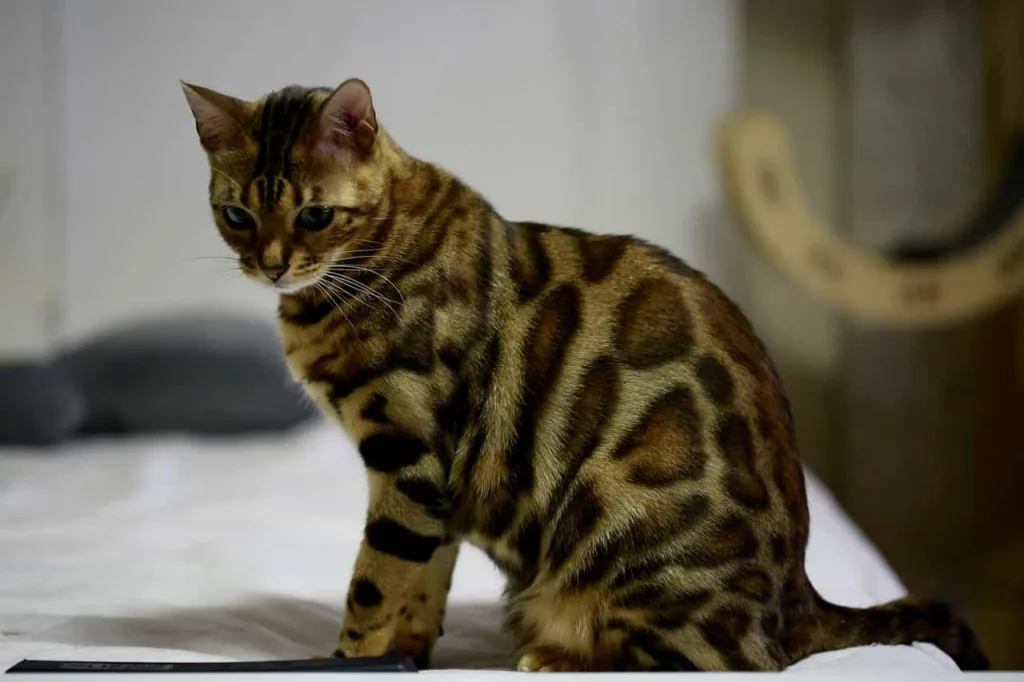

As they are ambush hunters. So, they hide in tall grasses and bushes to keep a keen eye on their prey. The birds also swim in the water catching fish.
More About Asian Leopard cat
The uniqueness of the Asian Leopard cat
- The researchers believed before that the Mainland Asia Leopard cats and the Sundra Leopard cats are the same species. The Sundra Leopared cats are available in Malaysia and the surrounding Islands. The scientists received the help of genetic researchers and get to know that the Sundra Leopard and the Asian Leopard cat are totally 2 different species.
- The Asian Leopard cats are lost house cats. They were domestic cats in ancient China about 5000 years ago. Later the Leopards did not continue their relationship with the human and became fully wild and forest cats. People brought African wild cats as domestic cats and gradually the African Wild cats took the place of Leopards.
- The exotic and coveted Bengal cat breed is the offspring of the Leopard cats. The breeders wanted a domestic version of Leopard cats as Leopards are wild and not eligible for all households especially, those households having children. So, they bred Leopard cats with domestic cats and the result was the Bengal cat breed. You can recognize the difference between Bengal cats and Leopard cats by noticing Bengal’s bright coat colors and large rosettes.
Domestication of the Asian Leopard cat
The Leopard cats were domestic cats in ancient China around 5000 years ago. But the domestication was discontinued and leopard cats went away from humans. Nowadays Leopard cats are in the least amount from domestication but they are being used to create new cat breeds. The Bengal cat is an ideal example of it. The Leopards are the descendants of the Bengal cat breed.


Can you keep an Asian Leopard cat as your pet?
There are some rules and regulations for owning Asian Leopard cats as a pet. The rules and regulations are different country and region-wise. In the United Kingdom, having wild cats are permitted only with the Dangerous Wild Animal (DWA) License.
And, in the USA, you need to obey the Licensing requirements and laws to have exotic pets in every state. In most states, owning or having Asian Leopard cats is not allowed for ordinary people. Only the animal exhibits and researchers have permission to have Asian Leopard cats with the license.
The following states don’t have any restrictions to have the Leopards:
- Oklahoma
- North Carolina
- Alabama
- Delaware
- Nevada
- Wisconsin
Besides these 6 states, a license is a must to have the Asian leopard cats.
Are the Asian Leopard cats suitable for domestication?
Suppose you have permission to have or own exotic animals but still I won’t recommend any wild cat including the Lepards for domestication. The reasons are the following:
- The Asian Leopard cats are not ideal for domestication.
- Training them and meeting their needs are not easy tasks for normal people because it is a time-consuming job. If you are not a professional on animals then it will be difficult for you.
- The Asian leopard cats are more prone to behavioral issues than Bengal cats and other hybrids. Even if you are an experienced cat owner, it will be difficult for you.
- Another reason to think twice to have an Asian leopard cat that is the cats are endangered. That means buying or selling Asian leopard cats can affect the population of those cats. So, it is a negative tusk to have it only for domestication.
Reproduction and development of the Asian Leopard cat
Well, the breeding seasons are different from region to region and depend on climates. In tropical areas, the female Leopards give birth to kittens all year round. In the North, where the climate is colder, the mother Leopards give blithe in the Spring and the gestation period lasts between 60-70 days. The litter size is between 2 and 3 kittens.
The kittens were born with 75- 130 grams (2.6 to 4.6 oz) and opened their eyes in a maximum of 15 days. Their weight becomes double within 2 weeks and 4 times more from the birth time weight within 5 weeks.


At the age of 4 weeks, they become carnivorous. That means, they begin to eat meat. Female leopards reach to sexual maturity at the age of 1 year. Their estrus period lasts 5 to 9 days and they become eligible to give birth to kittens at 13 to months of age.
Habitat and ecology of the Asian Leopard cat
The Asian Leopard cats are indigenous to the continent of Asia. they live in rainforests, coastal areas, pine forests, and also valleys. It depends on the subspecies. The 2 mainland subspecies of the Leopard cats are P. b euptilura and P. b bengalenesis.
P. b bengalenis are found in South, Southeast, and East Asia, and P. b euptilura in Russia, Korea, Manchuria, China, and Taiwan. There are 21 countries in Asia where Asian Leopard cats are habituated. The total population of Asian Leopards is not known. The hunting and fur business are decreasing the population of the forest-dwellers cats.
That’s why it is very important to have Bengal cats so that you can get the looks of Asian Leopards and the characters of Domestic cats. Though Asian Leopards are cats in size they have the spirit of the Leopards. So it is very important to save exotic cats.
Distribution of the Asian leopard cat
The smallest among the large cat breed is found in a vast range of Asia. they are available in South, Southeast, and East Asia. you can also find them in the Himalayan areas.
There is a large population of leopard cats across India, China, the Philippines, and North and South Asia. the distribution doesn’t depend on the coats of Leopard cats. The mainland species and subspecies are available in the mentioned areas.
Threats on the Asian leopard cat
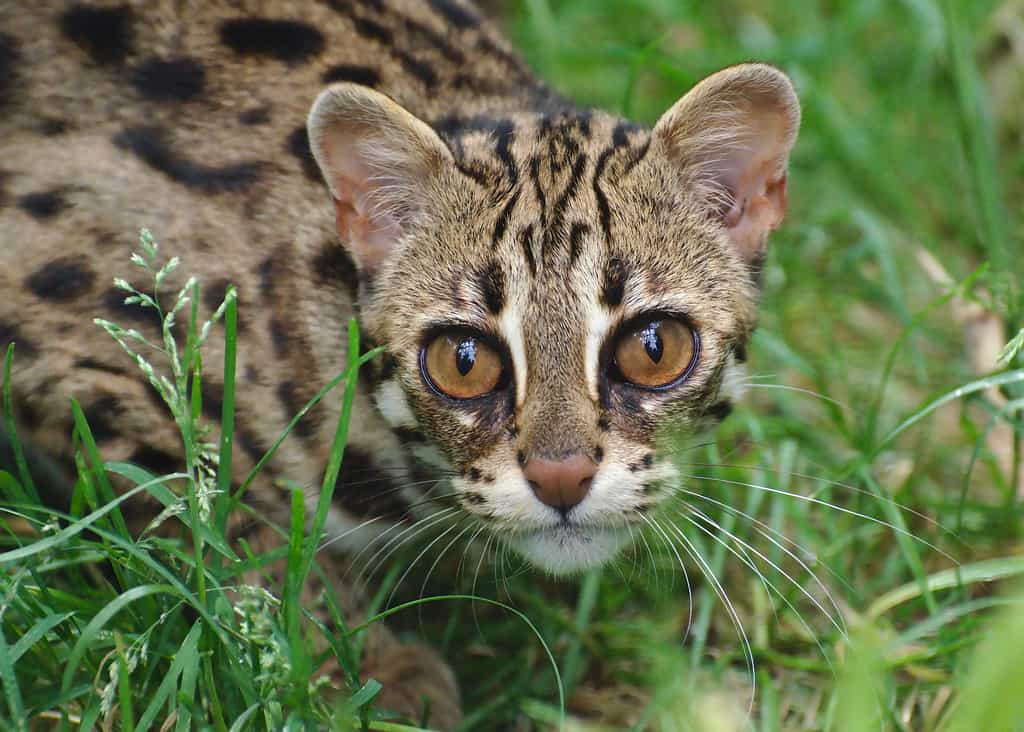

The exotic forest-dwellers Asian leopard cats are endangered or threatened due to these reasons:
- The Leopards are in the most threatened situation in China because of the demands of meat, fur, and pet trade.
- Being caught for the breeding program.
- Loss of habitat.
- Killed to save the poultry farms as they are poultry predators.
- The fragmented population in India.
- Big business on fur all over the world.
- For the greater human activity with higher morality.
Conservation of the Asian leopard cat
The Asian Leopard cats are listed in Convention on International Trade in Endangered Species of Wild Fauna and Flora (CITES). You can check out Appendix ii. In Hong Kong, cats are protected under the Wild Animal Protection Ordinance Cap 170. The population is around 50,000 and though it is declining, the Leopards are not endangered in Hong Kong.
The Tsushima Leopard cats are listed as critically endangered cats in Japan. They are on the Red list of endangered species. The Japanese government funded to focus on conserving Leopared cats since 1995.
In the USA, the Asian leopard cats are listed as endangered cats under the Endangered Species Cats Act since 1976. The import, export, sale, purchase, and transport are prohibited in interstate commerce except under permission. Those who import and export without the permission of CITES, face large fines.
The International Union for Conservation of Nature (IUCN) categorized Leopard cats as the least concern:
The IUCN categorized the leopard cats as the least concern due to their vulnerable numbers.
Do the Philippines have Leopard cats?
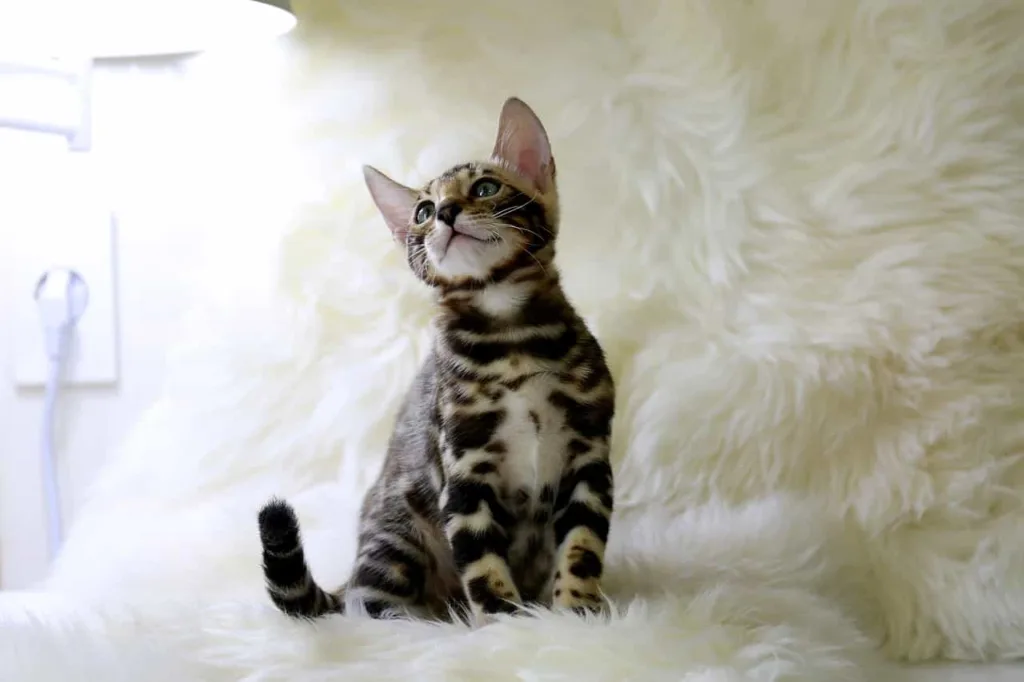

Not only in the Philippines but also in Japan the wild cat species are native. The largest cats are found on the north side of the country and the small cats are found in the jungle area. In the Philippines and Japan, there are no signs of threats and endangering of wild animals including the Leopard cats.
The name suggestions for the Asian leopard cat
The best 10 male names for the Asian Leopard cats:
Samurai, Min, Yujin, Hiroshi, Kaito, Toshi, Katashi, Shin, Akio, and Jung. The 10 best female names for Asian Leopard cats:
Tamara, Arisu, Asami, Aia, Mitshu, Kichi, Yuki, Shinju, Hotaru, and Junko.

